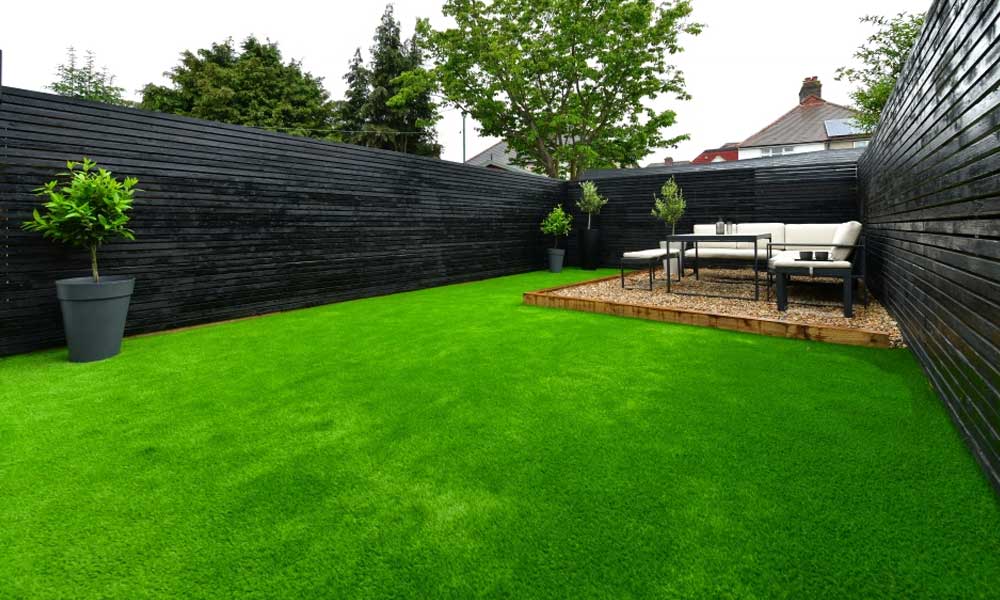Artificial grass has been around for decades, but it’s only recently that the secret of its success is becoming clear. It’s not only a great way to get a perfect lawn without the need for mowing and maintenance, but also an excellent way to conserve water and save money on your energy bills. In this article, we will explore the key features of artificial grass, why you should consider using it in your garden or yard, and how it can help you create a lush and beautiful landscape. Furthermore, we will also investigate how artificial grass compares to other types of landscaping materials when it comes to durability and sustainability.
What is artificial grass?
Artificial grass is a type of turf made from synthetic materials that look and feel like natural grass. It is often used in places where real grass cannot grow, or in areas where it is difficult to maintain a natural lawn. Artificial grass is also known as fake turf, synthetic turf, or Astro turf.
The benefits of artificial grass
Artificial grass has several benefits over natural grass, including:
1) It is much more durable and resilient, meaning it will last longer and won’t get damaged as easily.
2) It requires far less maintenance than natural grass, so you’ll save time and money in the long run.
3) It looks just as good as real grass, so you won’t have to worry about your lawn looking patchy or unkempt.
The drawbacks of artificial grass
While artificial grass may seem like the perfect solution for a low-maintenance lawn, there are some drawbacks to consider before making the switch from natural grass.
One of the biggest complaints about artificial grass is that it can be hot to the touch, especially in direct sunlight. This can make it uncomfortable to walk on or play on, and can also cause damage to the turf.
Artificial grass also tends to be more slippery than natural grass, which can be a safety concern. It also doesn’t have the same give as natural grass, so it’s not as forgiving if you fall or stumble.
How to install artificial grass
Installing artificial grass is not as hard as it may look. It is a relatively simple process that can be completed in just a few hours. Here are the basic steps
- Prepare the area where you will be installing the artificial grass. This means eliminating any existing foliage, leveling the ground, and tamping the soil.
- Install a weed barrier over the prepared ground. This will help to prevent weeds from growing up through your artificial grass.
- Lay out your artificial grass rolls in the desired pattern and cut them to fit the area.
- Install any edging material around the perimeter of the area, if desired.
- Secure the artificial grass rolls in place with landscape staples or nails. Be sure to drive them in at an angle so that they do not come back up through the turf.
- Fill in any gaps between the rolls of turf with infill material (sand or crumb rubber). This will help to support the blades of grass and keep them standing upright.

